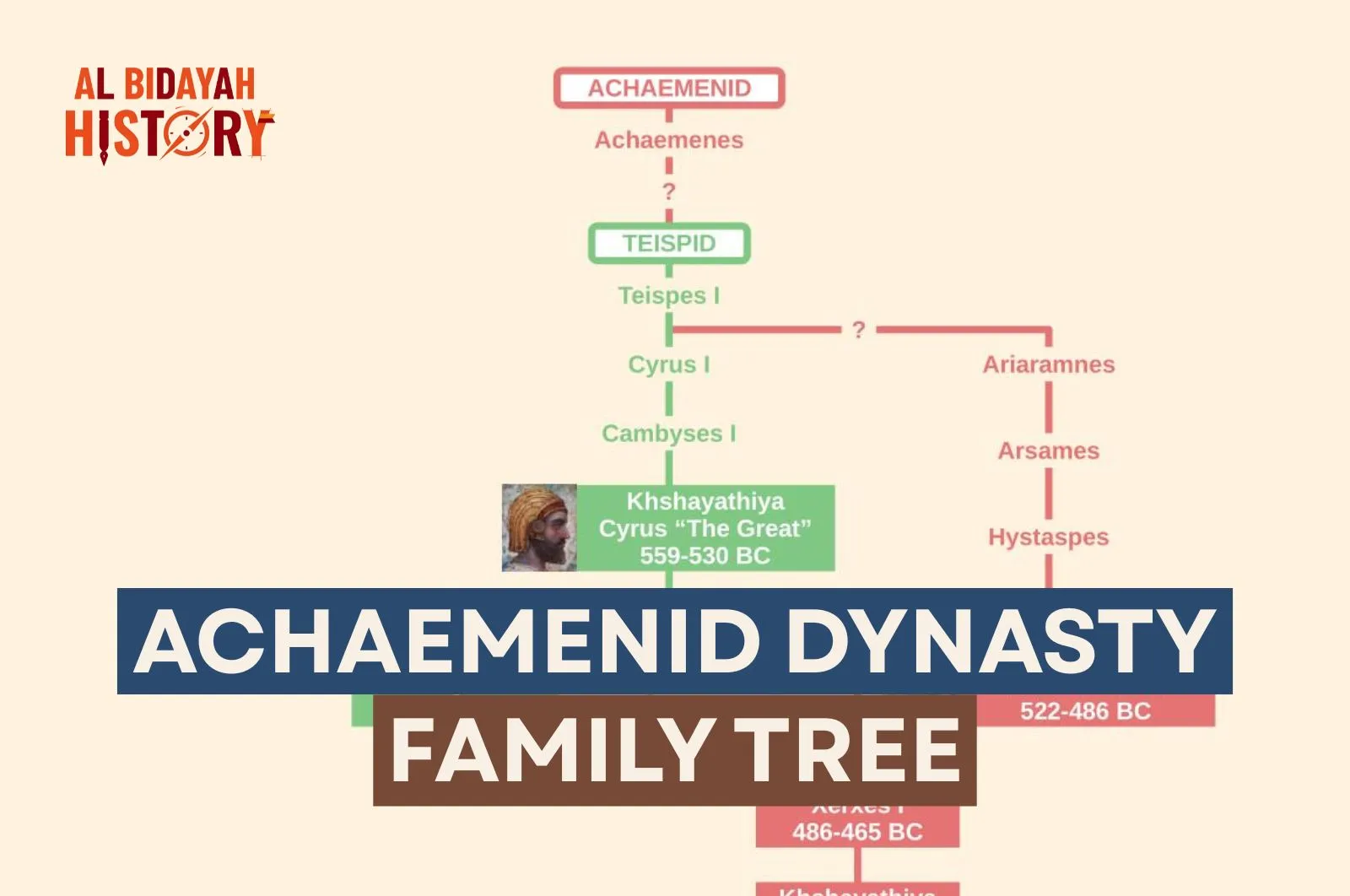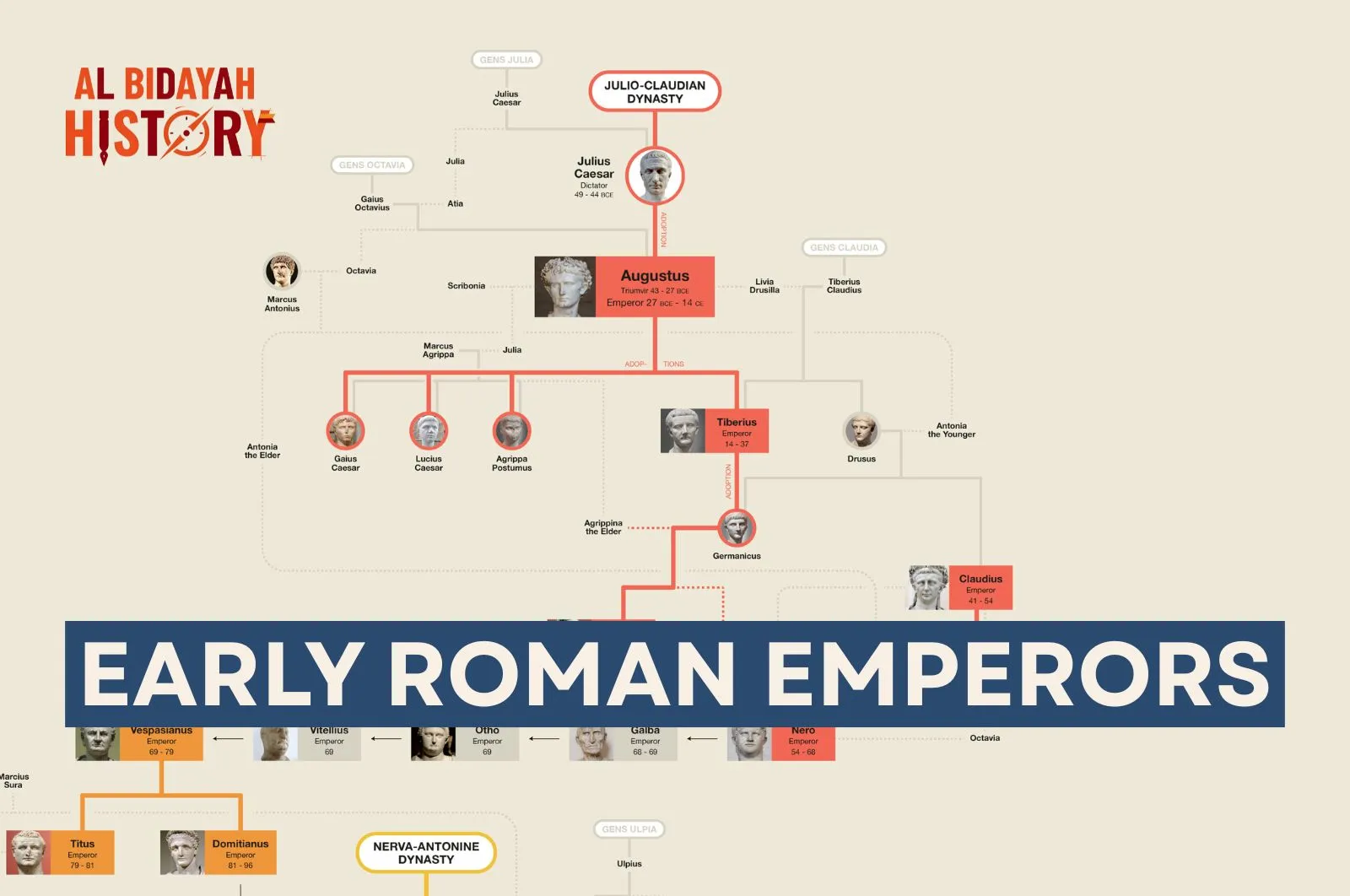The year 476 AD stands as one of the most transformative moments in world history. With the collapse of the Western Roman Empire, Europe entered a period of political fragmentation, cultural decline, and widespread uncertainty—an era later called the Dark Ages. The deposition of Romulus Augustulus, the final Western emperor, marked not just the end of imperial rule in the West, but the collapse of centuries of Roman order.
1. The Abdication of Romulus Augustulus
In 476 AD, the teenage emperor Romulus Augustulus was overthrown by the Germanic leader Odoacer. The imperial crown was sent to Constantinople, symbolizing the end of Western Roman authority. Rome’s long-standing political power was now officially gone.
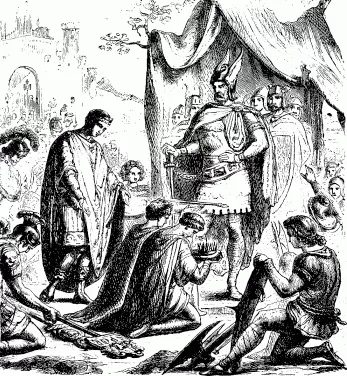
2. Odoacer’s Rise to Power
Following Rome’s fall, Odoacer declared himself King of Italy—a title never before held by a non-Roman. His rule marked the start of Germanic control over former Roman territories, blending Roman administration with new barbarian leadership.

3. The Erosion of Roman Institutions
Without emperors, Roman administration deteriorated rapidly. Political structures, legal systems, and governance collapsed. Local warlords filled the power vacuum, and the once-unified empire dissolved into unstable regional territories.
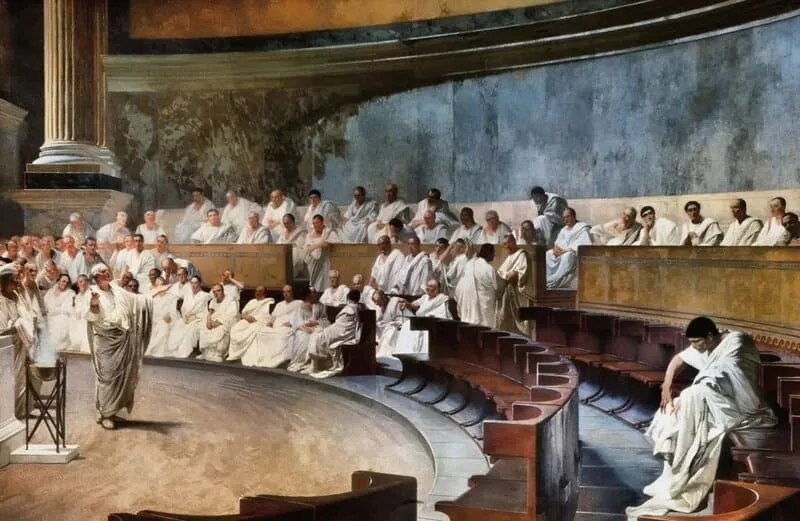
4. The Shrinking of Urban Life
Cities emptied as insecurity and economic decline drove people to rural areas. Public services failed, infrastructure crumbled, and urban culture faded. Aqueducts, markets, and roads fell into disrepair, pushing Europe into a more isolated, agrarian lifestyle.
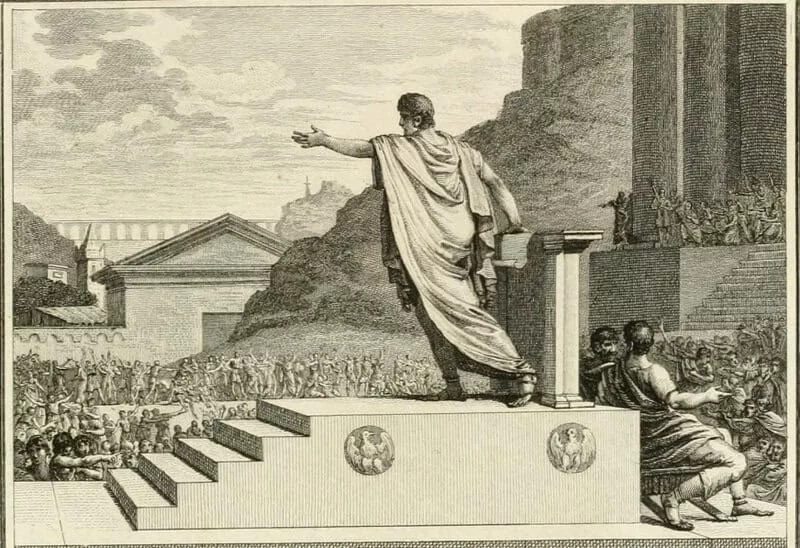
5. The Split Between East and West
After the fall, the divide between the surviving Eastern Roman (Byzantine) Empire and the fragmented West grew wider. While Constantinople continued to thrive, the western lands broke into competing kingdoms—reshaping the political and cultural future of Europe.
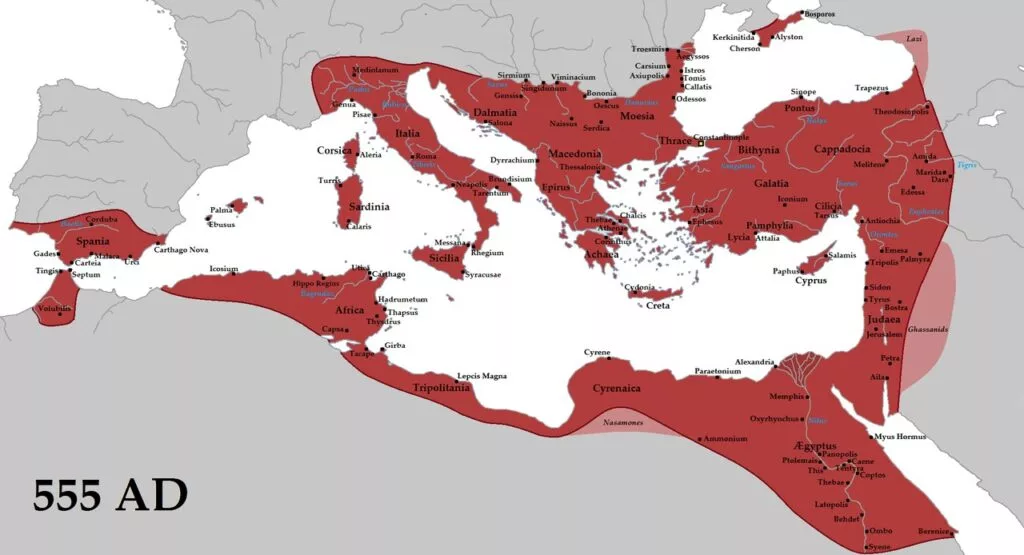
6. The Barbarian Kingdoms Emerge
Germanic tribes established new realms across the former empire.
- The Ostrogoths in Italy
- The Visigoths in Spain
- The Vandals in North Africa
- The Franks in Gaul
These kingdoms blended Roman traditions with their own customs, creating the foundations of medieval Europe.
7. The Loss of Roman Engineering
Rome’s legendary infrastructure—roads, bridges, and aqueducts—was neglected and slowly decayed. Without maintenance, travel became dangerous, trade declined, and communities grew increasingly isolated.
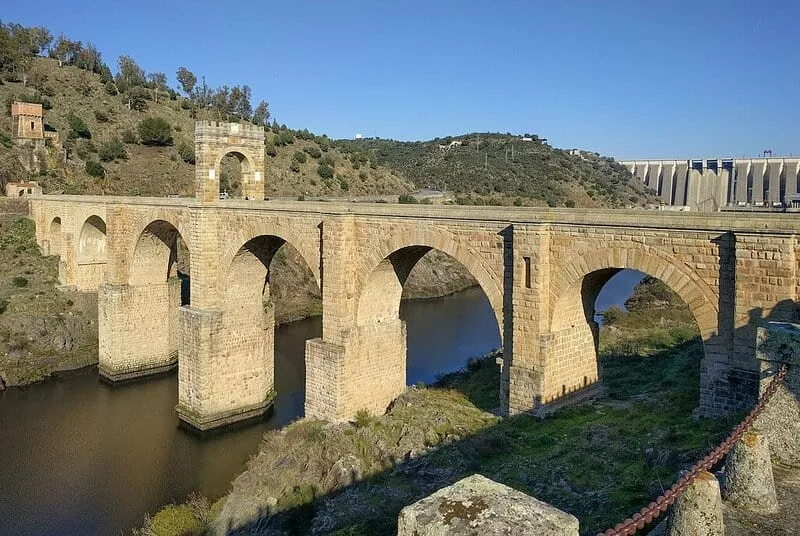
8. The Plight of the Roman Aristocracy
Once-powerful Roman aristocrats saw their influence collapse. Many fled eastward or retreated to rural estates. The social class that had dominated Roman politics for centuries lost its power almost overnight.
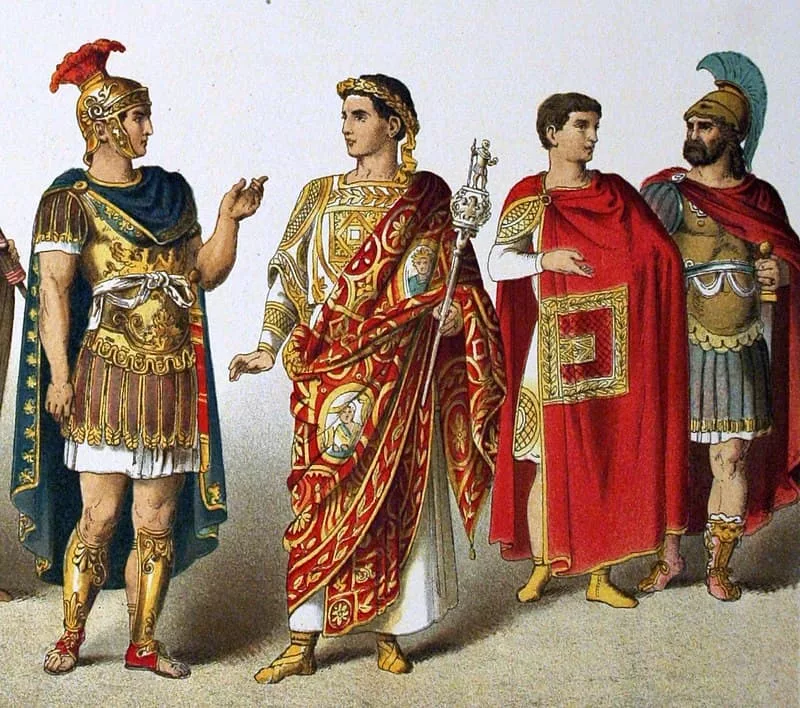
9. Collapse of Long-Distance Trade
Roman trade networks broke down due to insecurity and decaying infrastructure. Piracy increased, roads deteriorated, and long-distance commerce became dangerous. Regions turned inward, relying on local goods instead of Mediterranean-wide trade.
10. Decline in Literacy and Learning
With schools closing and libraries falling into ruin, literacy sharply decreased. Knowledge of classical literature and science faded. Much of Rome’s intellectual heritage—its greatest treasure—was lost or forgotten in the West.


